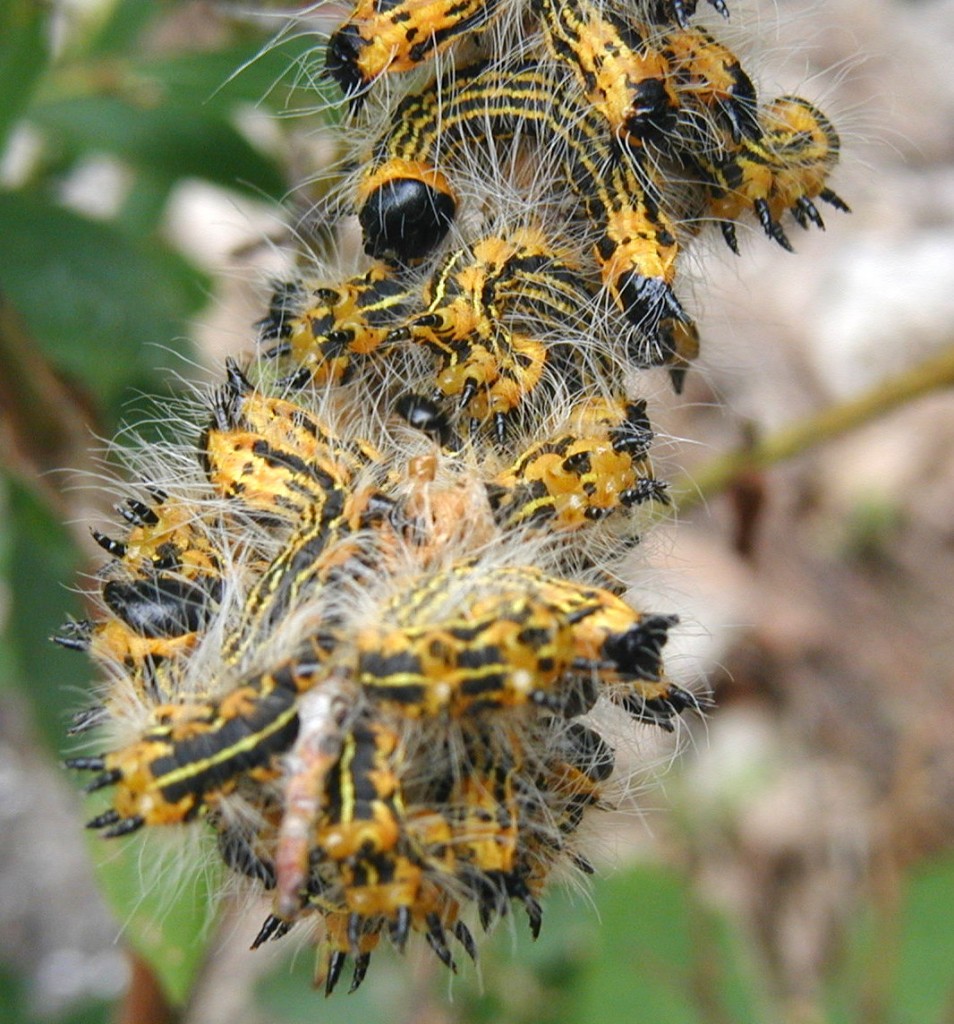

Adults can be seen between May and early July. But our Chatham County moths didn’t seem to mind.The wing shape, markings and pink and green colour are unlike those of any other Hawk-moth found in the UK. We had to wait until just before the start time to set up the sheets due to a thunderstorm, but then the weather cooperated (if you call sweltering humidity and heat cooperating). This is a great outdoor activity for sharing while physical distancing. Our friends, Deb and Keith, were here helping us monitor the sheets and identifying what we could using field guides and apps such as SEEK and LEPS. But, I hope it was still fun for people to see some of the great diversity of moths and other insects attracted to our moth lights (we set up two white sheets and two UV lights to draw them in). After the fact, we discovered that, unfortunately, our really crummy internet diminished the viewing quality of Melissa’s live streaming of the many cool critters we have out here in our woods. It was a great start to National Moth Week and we shared lots of moth (and other nocturnal creatures) observations with participants from all over the state.

Last night we participated in the NC Museum of Natural Sciences’ National Moth Week live event (well, Melissa worked it and I just rambled around taking pictures through my fogged glasses). The poets say some moths will do anything out of love for a flame… But, no matter the name, it is a stunning caterpillar and a joy to discover just outside our home in the woods. Just goes to show, never assume you know what you are seeing without paying attention to the details. I am guessing this is a 4th instar, so it has some growing to do before its final stage. A quick search online ( ) showed the diversity of this species’ caterpillar colors and confirmed this variation for a Waved Sphinx larva. The black dots on the anal plate and the textured pink horn are diagnostic of a Waved Sphinx larvaīut they all tend to have the textured pinkish horn and black dots on the anal plate (the hardened area on the top of the last abdominal segment). They are quite variable as larvae, with most being green overall, others pink and yellow, or some combination.

None of the images matched the bold pinkish splotches along the sides of my caterpillar, but reading the descriptions helped me decide that this beauty is a Waved Sphinx caterpillar, Ceratomia undulosa. There are six species of horn worm larvae that feed on ash so it made the search a bit easier. I took a few quick photos and went inside to search my well-worn copy of Wagner’s Caterpillars of Eastern North America. When I went out the next day to retrieve it, I saw that the sapling was not a hickory, but an ash, and that the larva was not a Walnut Sphinx…but, what is it? I had not paid close attention to detail in the glow of the UV light and the pattern and colors were not yet evident in the freshly molted caterpillar. A beautiful sphinx moth caterpillar on the underside of a leaf (click photos to enlarge) I noted the location and headed inside, hoping the caterpillar would still be there in the morning. Plus, when I glanced at the host plant and saw the compound leaves, I assumed it was a hickory, one of the hosts of Walnut Sphinx larvae. Its size and behavior (feeding on the underside of a leaf) gave the impression of a Walnut Sphinx caterpillar, a species I have found several times in our yard. It had just molted so I didn’t want to disturb it. It was slim pickings but I did see one sphinx moth larva (aka horn worm, due to the presence of a spike on the posterior end). A reminder that many species of caterpillars glow under UV light at night, making them much easier to spot. Melissa needed a few caterpillars for a teacher workshop this week, so I went out the other night with our UV flashlight to scan the vegetation around the house.

It’s the horns of a dilemma, no question about it.


 0 kommentar(er)
0 kommentar(er)
